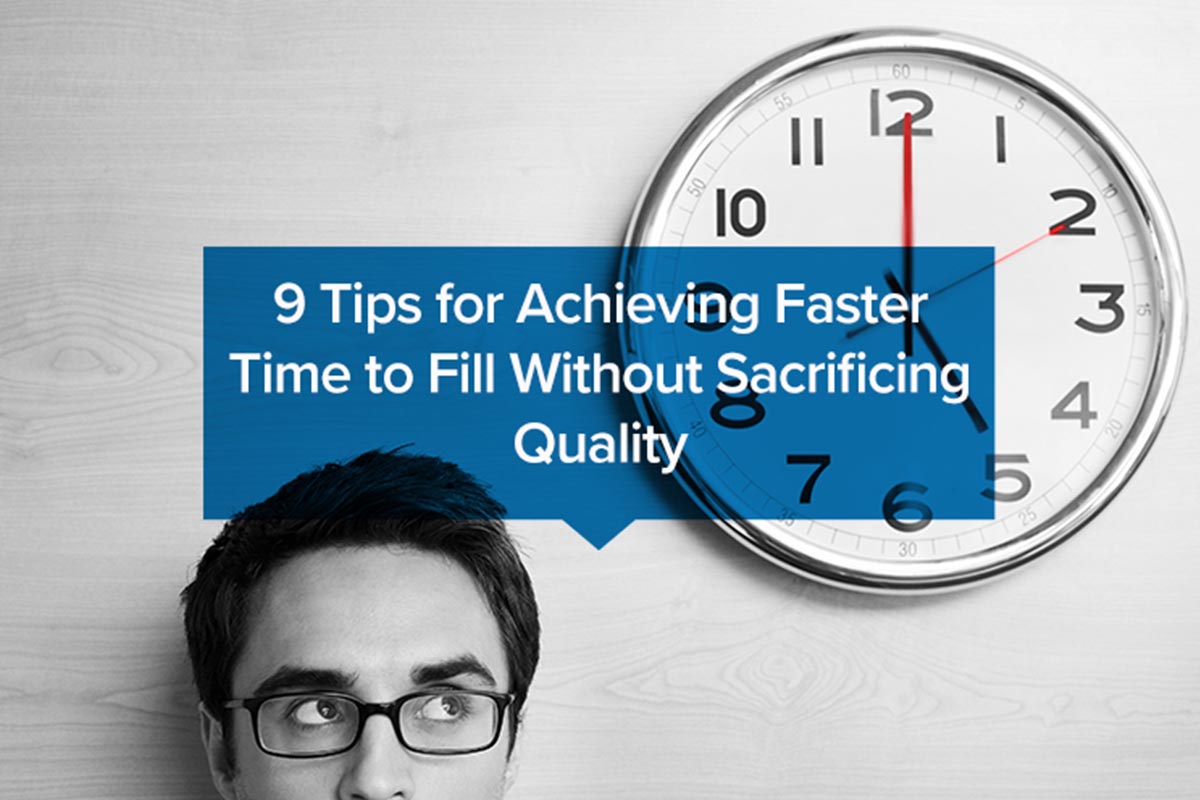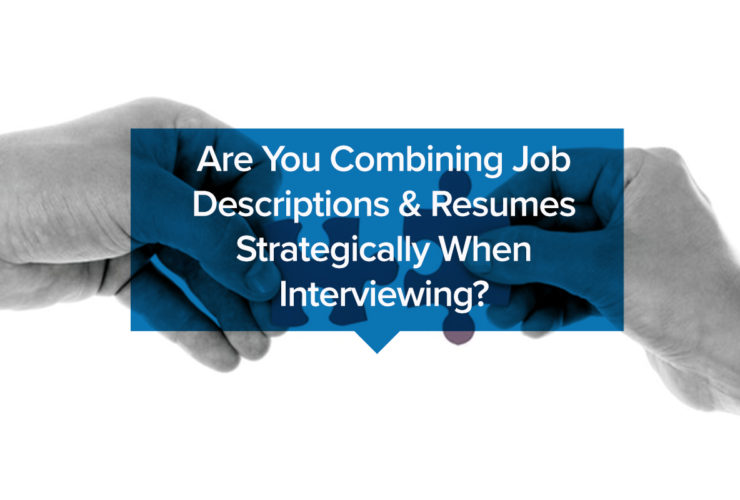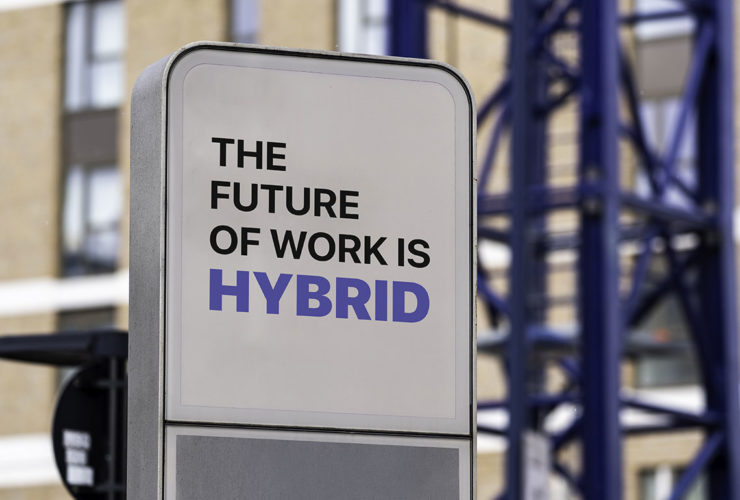Having a long time to fill open positions leaves managers frustrated, current teams working shorthanded, and everyone at risk of burning out.
Not good.
Slow hiring processes, meanwhile, make candidates more likely to choose opportunities from other employers, especially if they are strong candidates in high-demand jobs. (Such jobs include web designer and Java developer, both of which have an average time to hire more than 10 days less than average, which is 22.9 days, according to Glassdoor Economic Research.)
Also not good.
This raises a question: How can you shorten your hiring process to reduce time to fill without sacrificing candidate quality? Here are nine tips.
- Put a quality job description together—quickly.
A poor job description can result in having poor-quality candidates or not having enough candidates—both negative outcomes. To get a quality job description together quickly, recruiters and hiring managers need to get on the same page so that the recruiters will submit candidates that meet hiring managers’ expectations. A quality applicant tracking system (ATS) can help by maintaining records of your job descriptions and requirements for a variety of roles.
- Keep applications short and candidate-friendly.
Long application forms not only typically top the list of candidates’ complaints about the hiring process, but they are also the leading cause of candidate abandonment. Some suggestions here: use a shorter application form that only asks for information about the most essential requirements. Better yet, use an ATS that can scan and imports data from resume, LinkedIn profiles, job board sites, etc., so candidates only have to enter in a fraction of the data.
- Use text messaging, not just email, to communicate with candidates.
It can be hard for passive candidates to answer emails while at work; it’s typically easier to send a quick text message reply. This is especially true for IT candidates. They know emails are monitored, and don’t want others at their current employer to know they are looking at other job opportunities.
- Consider using automated reference checking instead of manual reference checks.
Automated reference checking is faster and more convenient than manual reference checks, as there are no wasted phone calls, no voicemail tag and no missed emails. When automated, reference feedback can be used as a screening tool to verify work history and past performance instead of a tedious task towards the end of the hiring process.
- Don’t go overboard with your personality assessment.
According to Glassdoor, using a personality test typically adds about a day to the hiring process. That’s not a long time, considering the benefits, but if the personality assessment you require is too long or frustrating, it can result in significant abandonment rates. So while taking care to ensure that any test you use is statistically valid and well designed, it’s important to also consider the candidate experience.
- Be efficient with background screening/drug testing.
More than half of employers say their biggest background screening challenge is the time it takes to complete a background check, according to a Sterling Talent Solutions survey. The average time added to the hiring process by a background check is 3.1-3.4 days, according to Glassdoor, but delays can make the time even longer. The most important suggestions here are to ensure that you’re using a quality provider that’s responsive to your needs, and to have efficient processes for ordering and evaluating background checks.
- Schedule technical interviews quickly.
It can often take several days to more than a week to schedule technical interviews with internal technical interviewers. After all, if the interviewers are on the tech team, they may be overloaded with high-priority projects. But to reduce time to fill, it’s critical to make getting technical interviews scheduled quickly a priority internally, or to use freelance technical interviewers who can get candidates interviewed in less than one day.
- Schedule traditional interviews quickly.
According to Glassdoor, phone interviews typically add 6.8 to 8.2 days to the hiring process, one-on-one interviews 4.1 to 5.3 days and group panel interviews 5.6 to 6.8 days. With technical interviews added on for tech roles, it’s easy to see why time to hire, while lower for some technical roles, is well above average for many other technical roles. The good news is prioritizing scheduling interviews more quickly can make a big difference in the length of your hiring process.
- Make faster time to fill an organizational commitment.
Once you’ve set expectations for how long individual steps should take, the people responsible for the individual steps need to take responsibility for ensuring that the expectations are met far more often than not. Improving your time to hire requires organizational commitment, and that means that all team members involved need to be accountable for their timelines.







